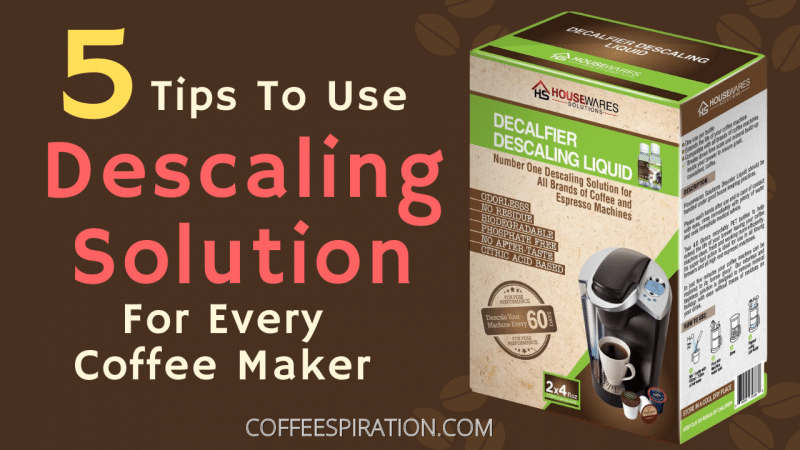Let us guess, most of you that clicked on this article have probably never cleaned your single-serve coffee machine. Did you know that almost all single-serve machines need manual cleaning? And no, just wiping the coffee spills and the outside of the machine isn’t enough. So do you wanna know some secret tips to use a descaling solution?

The most important part of the coffee machine that you should pay a lot of attention to while cleaning is the water reservoir inside the machine or the part where you pour in water to make your coffee. If you want to use your coffee maker to the fullest and get the most out of every cup of coffee made, you should make cleaning your machine a priority.
Contents
Coffee Machines Need Cleaning On The Inside And Outside
Have you ever made a cup of coffee using your coffee machine, and suddenly it tastes different? You don’t know how it’s different, but you know it’s different. Most of the time, this means that your coffee maker’s water reservoir needs a good cleaning. Since the water reservoir isn’t always visible as the exterior of the machine, it’s usually forgotten.
Some might even say this fact is false and made up by manufacturers to get people to buy their special cleaning solution like this one. Usually, we would agree to those made-up claims but this time, it’s a different story.
And for some of you reading that is still skeptical of the fact that your Keurig coffee maker or any other high-tech coffee maker doesn’t need cleaning, should continue reading, and let us warn you, it’s not pretty.
Bad coffee and health hazards
Dirty coffee makers aren’t a surprise to some people. There have also been studies done on this topic. Did you know that the coffee machines are one of the dirtiest appliances in the kitchen and have even more germs than the bathroom?
A microbiologist at Loyola University, Roman Golash, found positive strains of staphylococcus, bacillus cereus and even e-coli in the coffee machines.
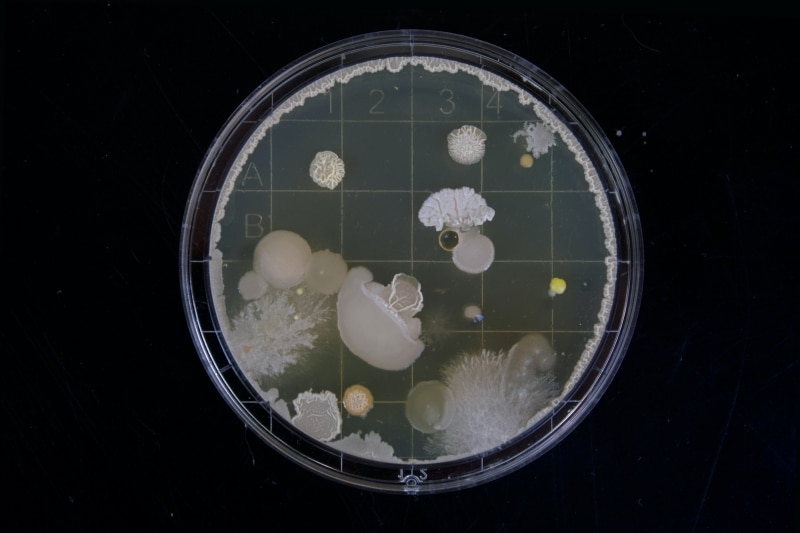
Now that you’re about to rush to scrub that machine down, let’s talk about cleaning and all the good stuff that will help us make good coffee.
How Does A Coffee Machine Get Dirty?
If you’ve ever seen your grandma’s kettle, you probably have seen the white deposits or build-ups on the insides of the pot. These are called limescale, an off-white, chalky substance that is usually found on showerheads or anywhere where hot water and metal touch.
Limescale build-up can be found on anything that heats up then causes hot water to evaporate. These hard deposits build up over time due to hard water, water high in minerals like calcium and magnesium. And when the water reservoir becomes blocked by limescale, the moist and hot environment will be even more attractive to bacterias.
“Just change the water”
No, using a different type of water to make your coffee isn’t practical and will not give you the result you want. Tap water, freshwater, saltwater, filtered water, or even distilled water all have different amounts of minerals in them.
Of course, distilled water sounds like the best option due to its low concentration of minerals, but it won’t give you the same coffee taste as tap water does. Believe it or not, those minerals like calcium and magnesium are what make your coffee taste so good.
Without those minerals, there is nothing to take up space in the water, causing a very bitter result. So changing the water may help prevent limescale, but it might change the taste of your coffee.
What Is Descaling?
Descaling is the best way to get rid of those hard deposits in your espresso machine. It’s a process to clean limescale off metals. The limescale thankfully breaks down in the presence of acids like acetic acid, lactic acid, sulfamic acid, phosphoric acid, hydrochloric acid, formic acid, glycolic acid and even citric acid.
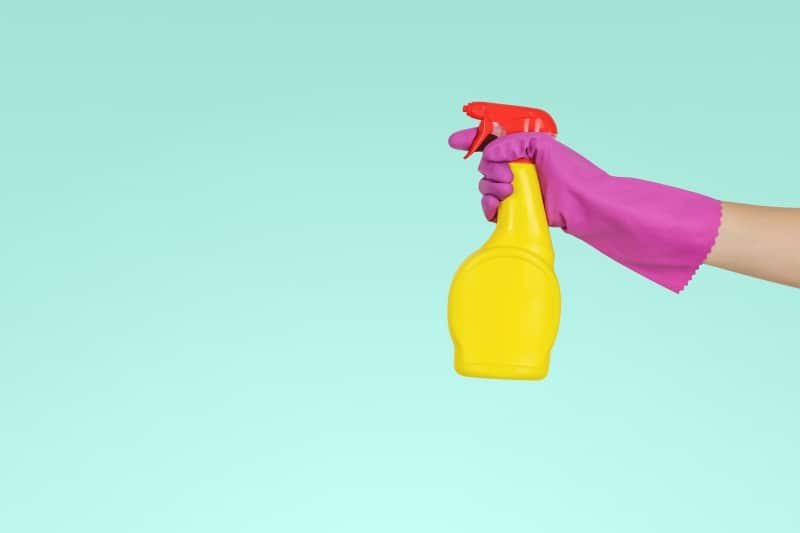
You can opt to buy a descaling solution for your coffee maker or make your own homemade descaling solution using stuff you might already have in your kitchen.
When Should You Descale Your Coffee Machine?
Sometimes you won’t know espresso machines need descaling until you see the actual limescale on the sides of the water reservoir. Other signs show up, but you might not notice them until they’re disrupting your morning coffee-making session.
First, brewing a single cup of coffee might take longer than it usually does, especially for single-serve machines like a Keurig machine. Next, you start hearing noises coming from the machine due to water flow pushing its way through the limescale build-up. Then, it might even start brewing less coffee than usual. And if you still didn’t descale the water tank by this point, your next cup of joe will start tasting chalky and acidic.
If you leave your coffee machine at this stage for too long, you might have to buy a new one soon since you might not be able to save it. You can still try to descale it, but there’s no guarantee it’ll be as good as before.
Nobody wants to buy a single-serve machine regularly. So to prevent this from happening, it is recommended to descale the reservoir regularly. You can find the manufacturer’s recommendation in the manual, and it’s usually around 1 to 3 months for most coffee makers. You might even find a recommendation to use commercial descaling solutions instead of homemade ones.
5 Steps To Descale Your Coffee Machine Using A Commercial Descaling Solution
The 5 steps below will work for most coffee machines, however, refer to the user manual if there is something you are unsure about. In this part, we’re going to use a descaling solution instead of a homemade solution. Most manufacturers recommend using a store-bought descaling solution too.
Step 1: Turn the machine off and remove all detachable
Before descaling any coffee maker, you must turn off the machine and unplug it from the wall. If the machine model has an auto-off function as most Keurig machines do, make sure to turn off the function before proceeding.
When the machine cools down enough, remove all the parts like the water tank, water filter, drip tray, and pod holder. Pour any leftover water out of the tank and throw away the used pod in the machine. Clean the inside and outside of all the parts with a damp cloth and let them air dry. Next, put the machine back together except for the water filter.
Step 2: Pour the descaling solution into the water reservoir
After assembling the coffee maker back together, pour one part descaling agent and one part water into the reservoir and put the lid on. Make sure to read the instructions on the descaling solution bottle carefully before using it to avoid ruining the machine. The amount of solution needed may vary depending on the type of espresso machine that you have so it’s safer to buy more than you need or do research to purchase the perfect amount.
Step 3: Plug in the machine and start brewing
Turn the coffee maker back on and start brewing the biggest size possible for your model without using a coffee pod. Don’t forget to put a mug under the dispenser to catch the solution, just like how you would make a normal cup of coffee. When the brewing cycle is done, dump the water. And repeat the step until the refill tank function lights up. If there is still buildup on the sides of the reservoir, you can continue this step until it’s no longer visible.
Shut down the machine again when you’re satisfied with the look of your water tank. Then let it cool down for at least 30 minutes and dispose of the water in the mug and what’s left in the water reservoir.
Step 4: Start a brew cycle with clean water
Put the tank back onto the machine. Then fill the tank up to the maximum line with clean, freshwater. Turn the machine on and put a mug on the drip tray under the dispenser. Start a new brew cycle using the biggest brew size again in order to wash away any descaler residue.
Continue the cycle at least 2-3 times for small water tanks, and at least 15 times for bigger tanks or ones that had a lot of deposits. Refill water as needed in order to finish the brews. Doing more brews is better than less to get rid of any remaining solution.
Step 5: Remove the reservoir and clean it for the last time before putting it back
After completing all the brewing, turn the power off and dispose of the leftover water in the tank. Then wash the tank with filtered water and let it dry before reassembling.
Commercial Descaling Solutions Or Homemade Descaling Solutions?
There is no definite answer to this question because there isn’t just one correct answer. But to answer this, both solutions work and adequately descale water reservoirs. Though some coffee connoisseurs argue that using white vinegar will give the best results, others say that homemade solutions like white vinegar or lemon juice leave a weird taste and smell behind. And for the Keurig coffee machine, the manufacturers recommend using the Keurig descaling solution specially made to descale their machines.
How To Descale Your Coffee Maker Using A Homemade Solution
The steps are the same as using a store- bought descaling agent, except for this time you will be using your DIY descaling solution in Step 2.
DIY descaling solution using citric acid
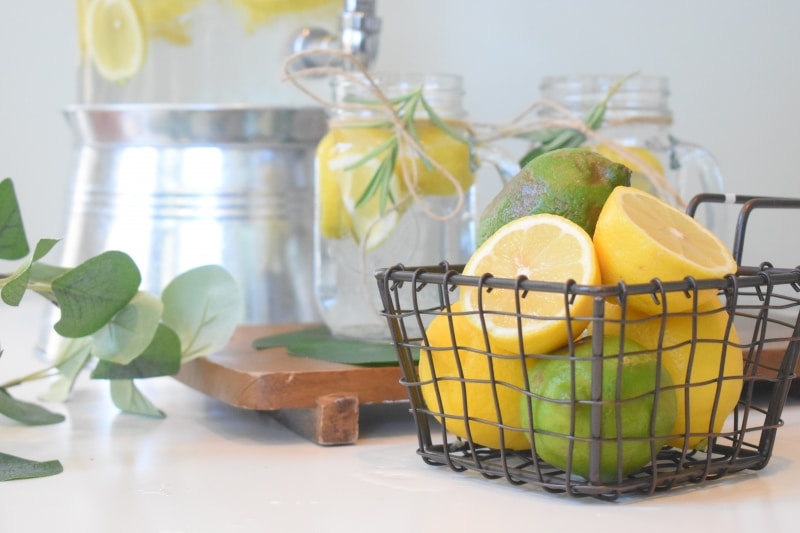
Using citric acid or lemon juice is non-toxic and may leave less taste and smell than using vinegar. To start, mix 2 tablespoons of citric acid powder into a liter of water. For different size water reservoirs, you can use a 2:1 ratio to make enough descaler solution. Then just substitute the commercial descaling agent with this DIY one during the descaling process to rinse the reservoir.
DIY descaling solution using the infamous vinegar
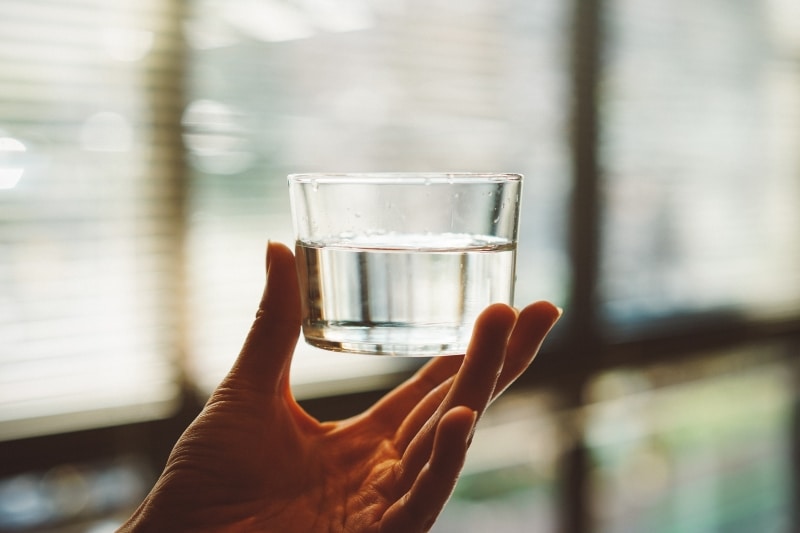
Many people swear by vinegar to descale their espresso machines. The reason why vinegar works so well is that it contains the descaling agents, citric acid, and acetic acid. It’s best to use white vinegar instead of any other vinegar. First, mix equal parts water and white vinegar and pour it into the reservoir, then start the descaling process. Make sure to use enough water to ensure equal parts water and white vinegar solution.
Between citric acid and vinegar, less brewing is required to rinse out the citric acid than the vinegar. It will also leave the water reservoir with no smell or taste as it’s odorless, unlike vinegar.
Regularly descaling your coffee maker
As a good habit especially for those who use their coffee maker every day, it’s best to descale your coffee machine regularly too whether it be with vinegar or any reliable descaling solution. Descale at least once every 3 months or even more if you make more than a cup a day.
Choose the descaling option that works for you and be consistent in descaling your espresso machine. Then the only thing left for you to do is to enjoy a good cup of coffee.
References
